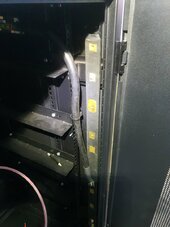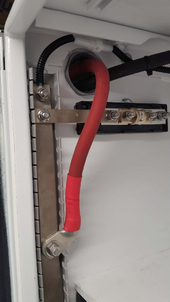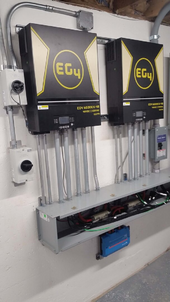Q-Dog
¯\_(ツ)_/¯
The standoffs are not an issue, but if the buss bars are brass instead of the nickel plated copper in their sales info, you need to give them a call.sorry to sound harsh.
but like I said, I know my metals,
it is brass through and through/ full stop









